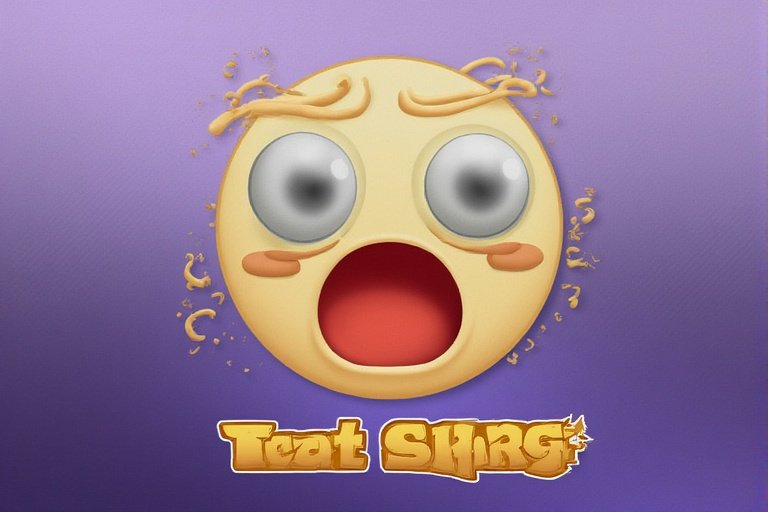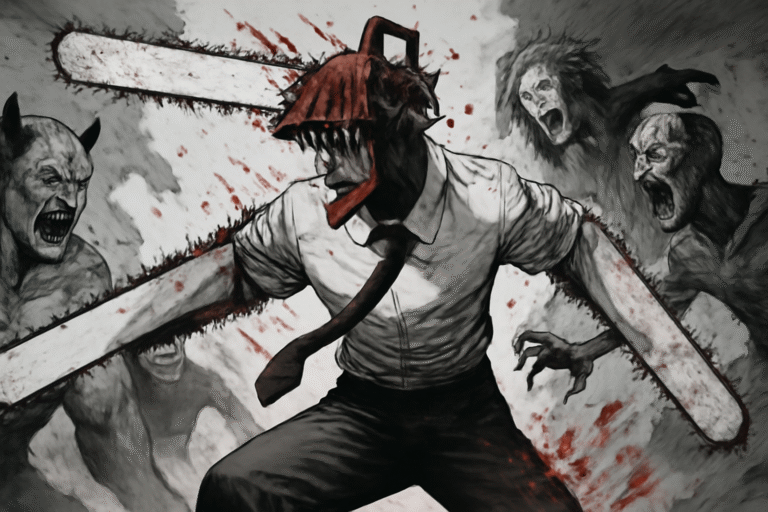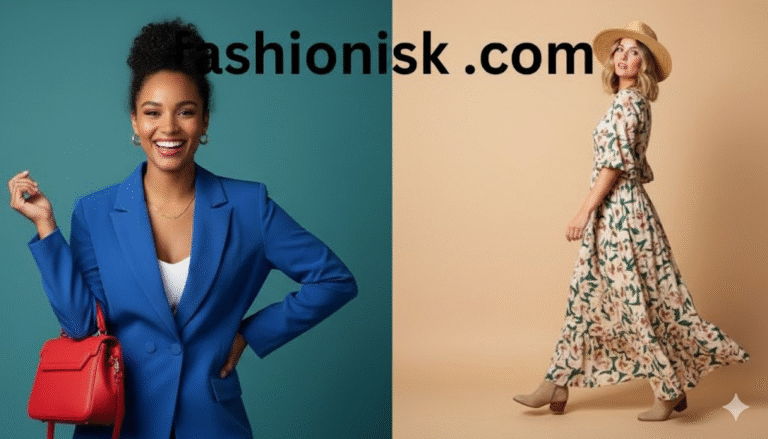
The Shrug Emoji: A Deep Dive into Its Evolution and Impact
In the vibrant world of digital communication, the shrug emoji has become a universal symbol of indifference, uncertainty, and playful nonchalance. Whether it’s the classic text-based ¯(ツ)/¯ or the modern standardized 🤷, the shrug emoji has carved a unique niche in online conversations. This article explores the origins, cultural significance, and versatile applications of the shrug emoji, offering a comprehensive guide to understanding its enduring appeal. With a focus on clarity and engagement, we’ll delve into why the shrug emoji remains a beloved tool for expressing complex emotions in a simple, relatable way.
The Origins of the Shrug Emoji
The shrug emoji traces its roots to the early days of internet culture, long before emojis became a staple of digital communication. In the 1980s, emoticons—text-based symbols like 🙂 and :-(—emerged as a way to convey emotions in text-heavy forums and chatrooms. The shrug emoji, in its original form as ¯(ツ)/¯, is a product of Japanese kaomoji, a style of emoticon that uses intricate character combinations to create expressive faces. The shrug emoji’s distinctive design, with its raised shoulders and neutral expression, captures a universal gesture of uncertainty or indifference.
By the mid-2000s, the shrug emoji gained traction on early social media platforms and forums, where users embraced its quirky charm. Its transformation into a standardized emoji, 🤷, came in 2016 when Unicode 9.0 officially recognized it as the “Person Shrugging” emoji. This evolution from ASCII art to a universally accessible graphic solidified the shrug emoji’s place in modern communication, making it easier to use across devices and platforms.
Why the Shrug Emoji Resonates
The shrug emoji resonates because it encapsulates a universal human experience: the moment when words fail, and a gesture speaks louder. Whether it’s a response to a confusing group chat, an ambiguous work email, or a situation where you simply don’t care enough to elaborate, the shrug emoji conveys a spectrum of emotions with minimal effort. Its versatility lies in its ability to express indifference, confusion, resignation, or even humor, depending on the context.
Unlike other emojis that carry specific emotional weight—like 😊 for happiness or 😢 for sadness—the shrug emoji thrives in ambiguity. It’s the digital equivalent of a shoulder shrug in real life, a gesture that transcends language and cultural barriers. In a world where miscommunication is common, the shrug emoji offers a lighthearted way to say, “I don’t know” or “Whatever,” without escalating tension.
Cultural Significance of the Shrug Emoji
The shrug emoji has transcended its origins to become a cultural phenomenon. Its rise to fame was partly fueled by viral moments, such as Kanye West’s iconic shrug at the 2009 MTV Video Music Awards, which inspired countless memes and GIFs. This moment helped cement the shrug emoji as a symbol of playful confusion or indifference in popular culture. From social media posts to marketing campaigns, the shrug emoji has been embraced by brands, influencers, and everyday users alike.
Across different cultures, the shrug emoji carries nuanced meanings. In some contexts, it’s a humorous way to defuse tension, while in others, it may be seen as dismissive or passive-aggressive. For example, in professional settings, using the shrug emoji can soften the tone of an uncertain response, making it feel more approachable. However, overuse in formal communication might be perceived as unprofessional, highlighting the importance of context when deploying the shrug emoji.
How to Use the Shrug Emoji Effectively
The shrug emoji is incredibly versatile, but using it effectively requires an understanding of tone and audience. Here are some common scenarios where the shrug emoji shines:
- Expressing Uncertainty: When someone asks a question you can’t answer, the shrug emoji says, “I’m not sure” without sounding abrupt. Example: “What’s the plan for tonight? 🤷”
- Conveying Indifference: In casual conversations, the shrug emoji can signal that you’re neutral about an outcome. Example: “Pizza or sushi? 🤷 Either’s fine.”
- Adding Humor: The shrug emoji can lighten the mood in awkward situations. Example: “Forgot my lines for the presentation 🤷 Guess I’ll wing it!”
In professional settings, the shrug emoji can be used sparingly to humanize communication, especially in informal team chats. However, it’s best avoided in formal emails or with unfamiliar audiences to maintain professionalism.
Typing the Shrug Emoji: A Step-by-Step Guide
For those who prefer the classic ¯(ツ)/¯ shrug emoji, typing it manually can be cumbersome due to its unique characters, particularly the Japanese katakana “tsu” (ツ). Fortunately, text replacement shortcuts make it easy to insert the shrug emoji across devices. Here’s how to set it up:
On Mac
- Copy the shrug emoji: ¯(ツ)/¯.
- Go to System Preferences > Keyboard > Text.
- Click the “+” icon to add a new shortcut.
- In the “Replace” field, type “shrug.”
- In the “With” field, paste ¯(ツ)/¯.
- Now, typing “shrug” will automatically insert the shrug emoji.
On Windows
Windows lacks a native text replacement feature, but third-party tools like PhraseExpress can help:
- Download and install PhraseExpress.
- Create a new phrase and assign it the trigger word “shrug.”
- Paste ¯(ツ)/¯ as the phrase content.
- Save, and the shrug emoji will appear whenever you type “shrug.”
On iPhone
- Copy ¯(ツ)/¯.
- Go to Settings > General > Keyboard > Text Replacement.
- Tap the “+” icon.
- Enter “shrug” in the Shortcut field and paste ¯(ツ)/¯ in the Phrase field.
- Save, and your iPhone will replace “shrug” with the shrug emoji.
On Android
- Copy ¯(ツ)/¯.
- Go to Settings > System > Languages & Input > Virtual Keyboard > Gboard > Dictionary > Personal Dictionary.
- Add a new entry with “shrug” as the shortcut and ¯(ツ)/¯ as the phrase.
- Save, and typing “shrug” will insert the shrug emoji.
These shortcuts eliminate the need to copy-paste the shrug emoji repeatedly, saving time and effort.
The Shrug Emoji in Marketing and Branding
Businesses have recognized the shrug emoji’s potential to humanize their brand and connect with audiences. By incorporating the shrug emoji into social media posts, email campaigns, or product designs, companies can convey approachability and relatability. For instance, a brand might use the shrug emoji in a tweet to acknowledge a minor product delay with humor, making the message feel less corporate and more engaging.
The shrug emoji has also inspired merchandise, from face masks to T-shirts, as businesses capitalize on its trendy appeal. Shrug Capital, a venture fund named after the emoji, even adopted it as a logo, showcasing its cultural relevance. However, brands must use the shrug emoji thoughtfully to avoid appearing unprofessional or dismissive in serious contexts.
Variations of the Shrug Emoji
Beyond the classic ¯(ツ)/¯ and the standard 🤷, the shrug emoji comes in various forms, including gender-specific versions (🤷♂️ for male, 🤷♀️ for female) and different skin tones. These variations allow users to personalize their digital expressions. Additionally, creative users have developed custom shrug emoji designs using online tools, adding unique spins like angry or happy shrugs to suit specific moods.
The Shrug Emoji’s Role in Digital Literacy
The rise of the shrug emoji reflects a broader shift in digital literacy, where visual cues play a critical role in communication. Emojis, including the shrug emoji, have become a form of shorthand that transcends language barriers, making them essential in global conversations. Understanding when and how to use the shrug emoji is part of navigating modern digital etiquette, ensuring messages are interpreted as intended.
FAQs About the Shrug Emoji
What does the shrug emoji mean?
The shrug emoji (¯(ツ)/¯ or 🤷) typically conveys indifference, uncertainty, or a lack of knowledge. It’s used to express a “whatever” attitude or to humorously acknowledge confusion.
How do I type the shrug emoji on my phone?
You can set up a text replacement shortcut on your iPhone or Android device to convert a word like “shrug” into ¯(ツ)/¯. Alternatively, use the standardized 🤷 emoji from your keyboard’s emoji menu.
Is it okay to use the shrug emoji in professional emails?
While the shrug emoji can add personality to informal team chats, it’s generally best to avoid it in formal emails, as it may come across as unprofessional or dismissive.
Why is the shrug emoji so popular?
The shrug emoji’s popularity stems from its versatility and ability to convey complex emotions with simplicity. Its nostalgic roots and cultural relevance also contribute to its widespread use.
Can I create a custom shrug emoji?
Yes, online tools allow you to design custom shrug emoji variations, such as angry or happy shrugs, to match specific emotions or aesthetics.
Conclusion
The shrug emoji, whether in its text-based ¯(ツ)/¯ form or as the standardized 🤷, is more than just a digital symbol—it’s a cultural touchstone that captures the nuances of human communication. From its origins in Japanese kaomoji to its global adoption in social media, marketing, and everyday conversations, the shrug emoji has proven its staying power. Its ability to convey indifference, uncertainty, or humor with a single gesture makes it a powerful tool in the digital age. By understanding its history, cultural significance, and practical applications, you can wield the shrug emoji with confidence, adding a touch of personality to your online interactions. Whether you’re shrugging off a confusing text or embracing the emoji’s playful charm, the shrug emoji remains a timeless staple of digital expression.






